Alles, was Sie über Spezifikationen und Leistung wissen müssen - Toyota Tundra 1999 - 3.4 V6 (190 Hp) Automatic
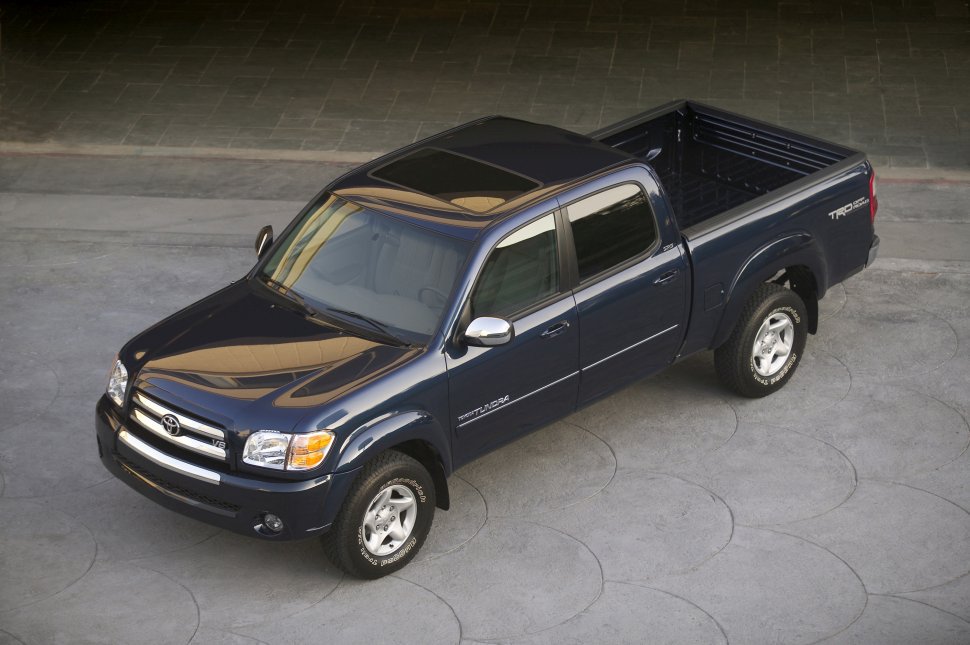
Übersicht:
Welchen Hubraum hat ein Toyota Tundra 1999?
Die Motorkapazität des Toyota Tundra 1999 beträgt 3378 cm.
Toyota Tundra 1999 Wie viele PS?
Die Motorleistung des Toyota Tundra 1999 beträgt 190 Hp @ 4800 rpm..
Was ist die Toyota Tundra 1999-Engine?
Toyota Tundra 1999-Engine ist 5VZ-FE. (Klicken Sie hier, um andere Autos mit demselben Motor anzuzeigen.)
Wie viel Benzin verbraucht ein Toyota Tundra 1999?
Der Toyota Tundra 1999 verbraucht 15.6 Liter Benzin pro 100 km
Allgemein:
Motor:
Leistung:
Platzangebot:
Abmessungen:
Antrieb, Fahrwerk und Bremsen:
Siehe auch
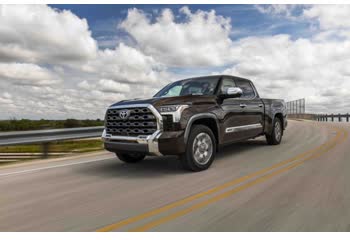
Letzte Generation.
Die Produktion begann im Jahr 2021 bis jetzt
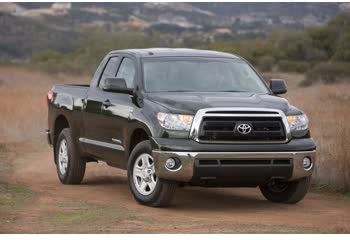
Andere Generation.
Die Produktion begann im Jahr 2010 bis 2013
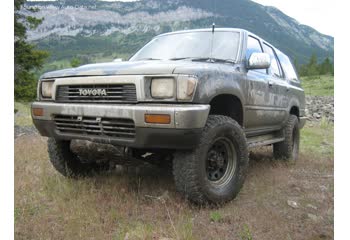
Gleicher Motor. (5VZ-FE).
Die Produktion begann im Jahr 1996 bis 2002
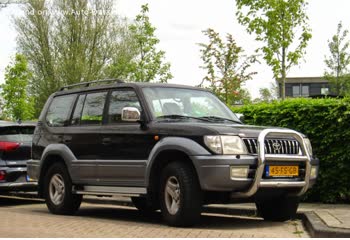
Gleicher Motor. (5VZ-FE).
Die Produktion begann im Jahr 2000 bis 2002
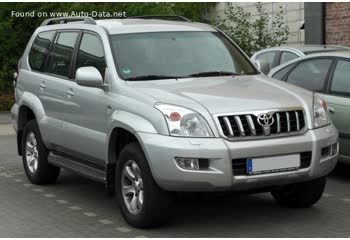
Gleicher Motor. (5VZ-FE).
Die Produktion begann im Jahr 2002 bis 2004
Kommentar schreiben